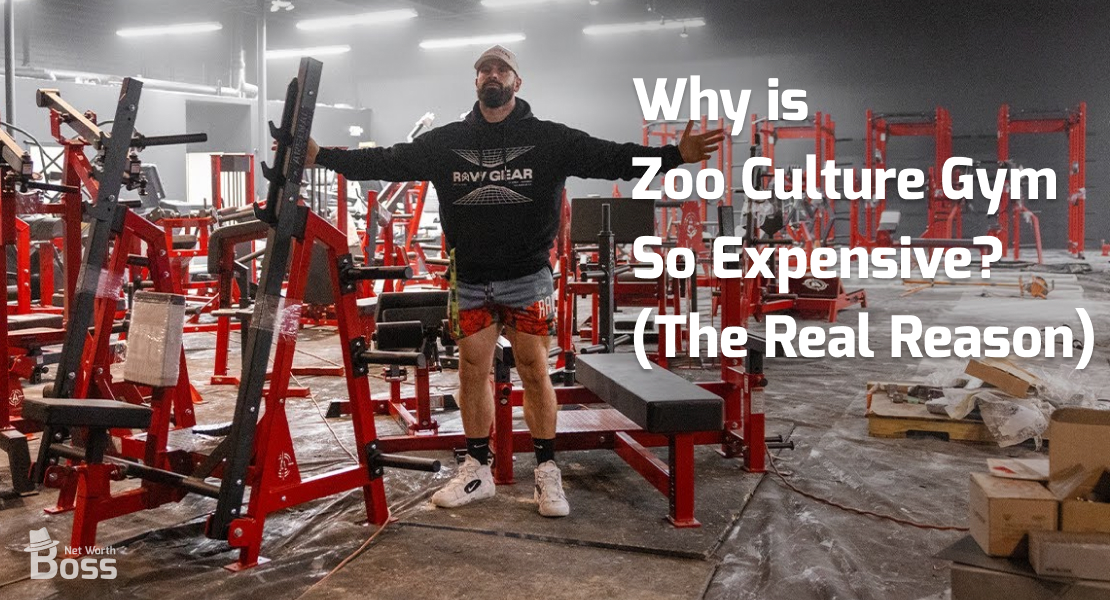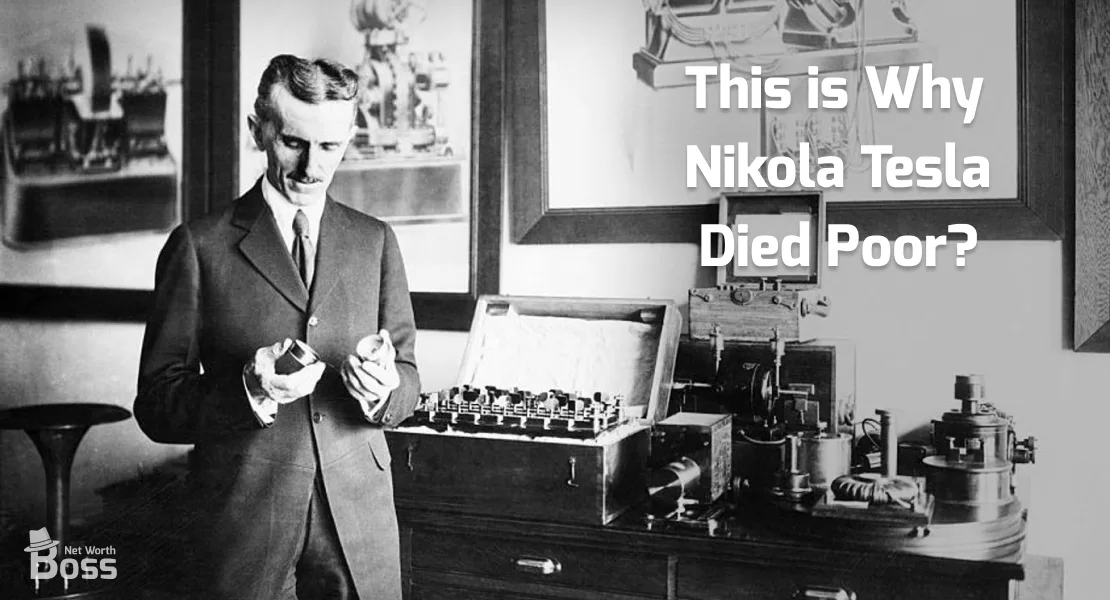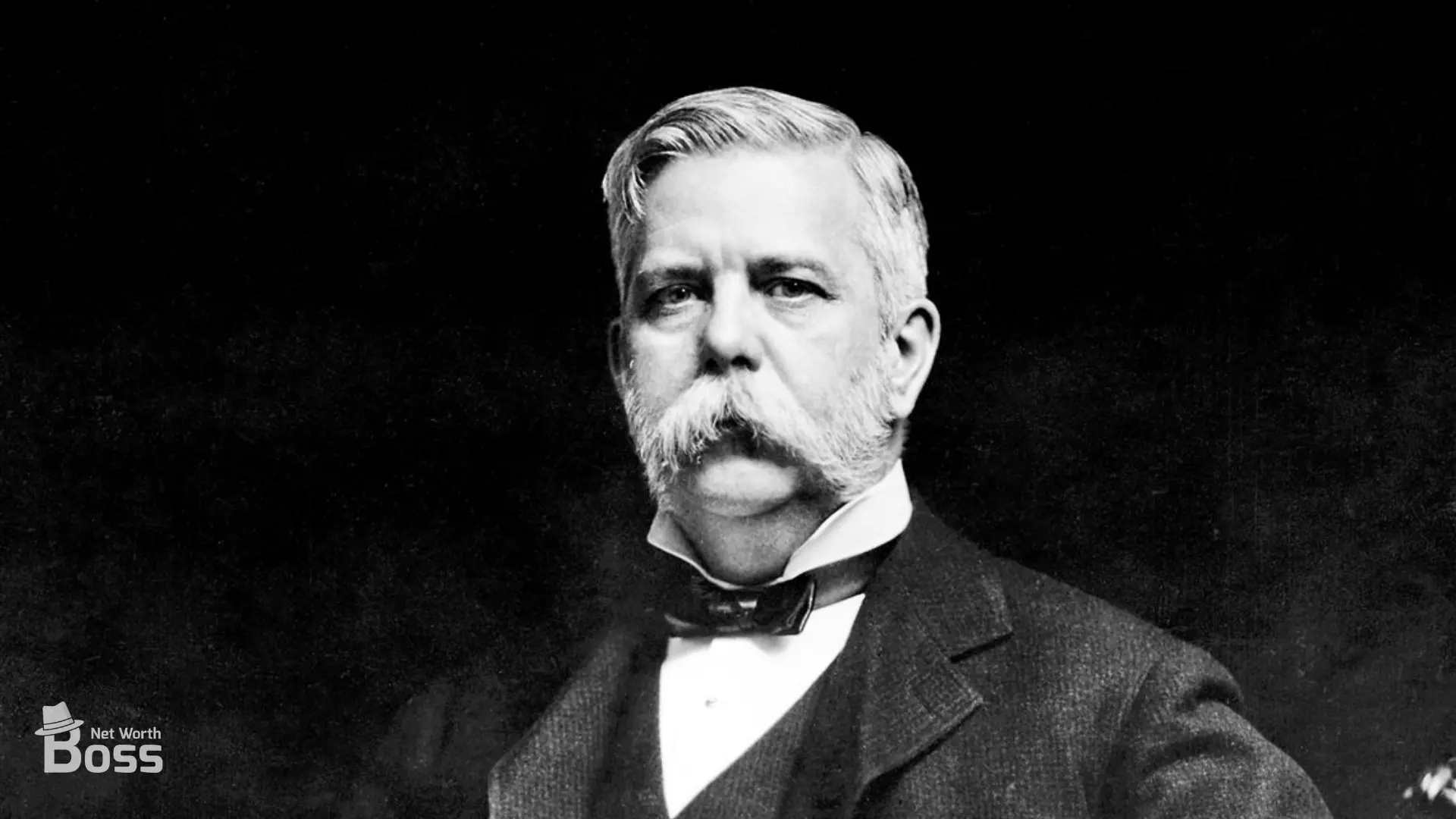
| Net Worth: | $1.2 Billion |
|---|---|
| Age: | 67 |
| Born: | October 6, 1846 |
| Died | March 12, 1914 |
| Country of Origin: | United States |
| Source of Wealth: | Entrepreneur, Engineer |
| Last Updated: | 2023 |
TABLE OF CONTENTS
Introduction
George Westinghouse was an American industrial entrepreneur, engineer, and industrial titan who changed society by standardizing the two days break (Saturday, Sunday) and improving the railway industry by creating the railway air brake.
He also was a pioneer of the electrical industry, receiving his first patent at the age of 19. George Westinghouse’s net worth was estimated to be around $1.2 billion at the time of his death. ($50 million before inflation adjustments)
5 Facts About George Westinghouse
- George Westinghouse was loved by his employees.
- After George Westinghouse died, 50,00 of his employees funded a bronze monument honoring his memory.
- George Westinghouse was prioritizing society’s progress over profits.
- From 15 years old to 48 George Westinghouse held over 300 patents. (one every six weeks)
- George Westinghouse built a small village for his employees called Wilmerding where they have houses with electricity, baths, running water, and natural gas.
George Westinghouse’s Net Worth and Success Story
Early Life
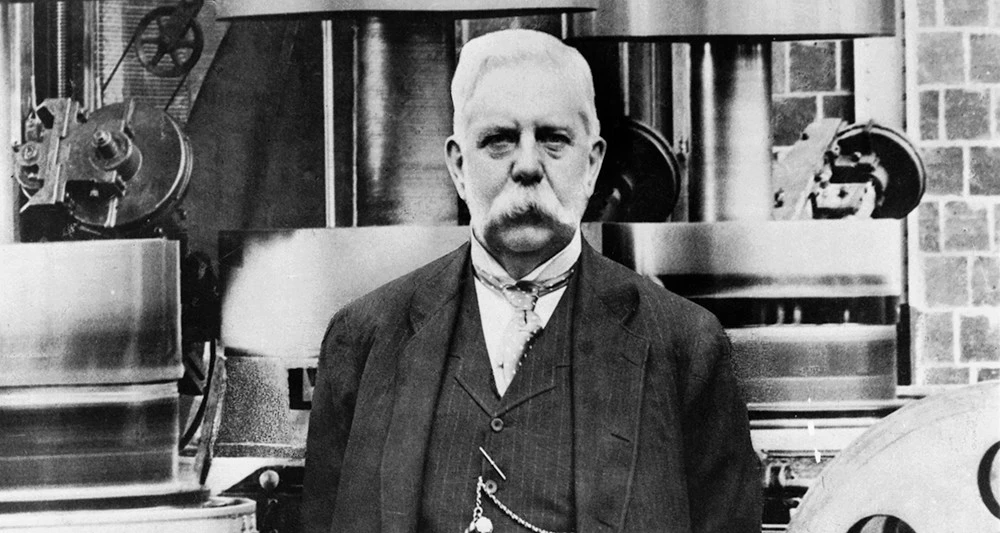
George Westinghouse Jr. was born in 1846 in Central Bridge, New York his mother was Emeline (Vedder) and his father is George Westinghouse Sr., a machine shop owner.
His ancestors came from Westphalia in Germany, who first moved to England and then emigrated to the US. The name had been Anglicized from Westinghausen.
George Westinghouse Education
George wasn’t an easy child to deal with at 13 years old he was bored from school and left it to start working in his father’s machinery shop. He was so talented with machinery and business, at his time working in his father’s shop he tinkered with tools and parts he found lying around. George later said that this time was his best education.
Career & Success Story
George Westinghouse Military Career
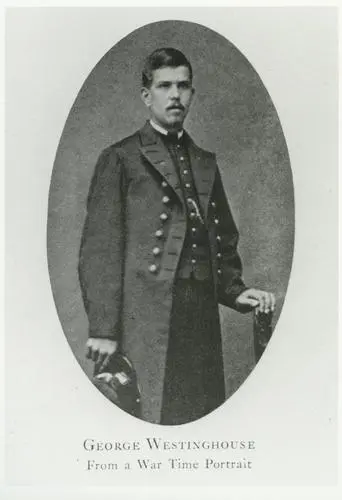
At the breakout of the American Civil War in 1862, George wanted to serve his country by joining the union’s but he was 15 years old. After reaching the union’s minimum age requirement he enlisted in the New York Cavalry then he joined the Navy serving as Acting Third Assistant Engineer on the gunboat USS Muscoota through the end of the war.
George Westinghouse Union College
At the end of the war in 1865, George returned to his family in Schenectady and enrolled at Union College but after two months he dropped out because he was not interested, even the president of the college remarked that he would be better off cultivating his genius elsewhere.
George Westinghouse First Invention and Patent
George Westinghouse’s success story starts at 19 years when he created his first invention, a rotary steam engine, and was granted his first patent.
Rotary Engine
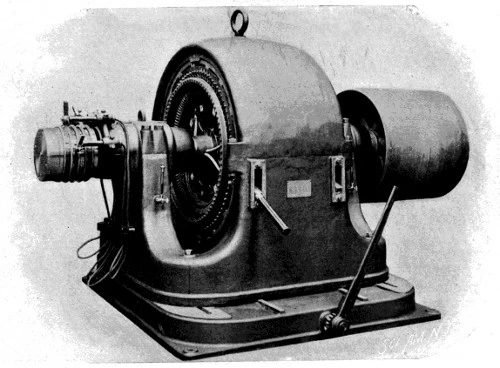
The rotary engine is an early type of internal combustion engine, usually designed with an odd number of cylinders per row in a radial configuration, in which the crankshaft remained stationary in operation, with the entire crankcase and its attached cylinders rotating around it as a unit.
Its main application was in aviation, although it also saw use before its primary aviation role, in a few early motorcycles and automobiles.
George Westinghouse Air brakes invention
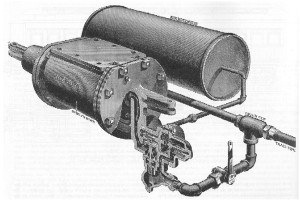
In 1869, at age 22, George Westinghouse invented the Air brakes system that was revolutionary for the railway industry, before his invention trains used to stop by breakmen individuals who would hop from moving train cars manually applying each wagon’s brakes one by one.
This old braking system was inefficient and dangerous to break men as trains would require up to two miles of track to be fully stopped if anything made its way in the way of the trains it can cause a big crash and result in tragedy. Westinghouse’s air brake requires only 4 feet to completely stop the train.
In the late 1870s, it’s estimated that over 7,000 breakmen were killed or crippled for life each year some estimates place the figure as high as 22,000, to make the matter worse the brake mane get paid $1.50 a day. (approximate $55 today after inflation adjustments)
The Westinghouse Air Brake Company
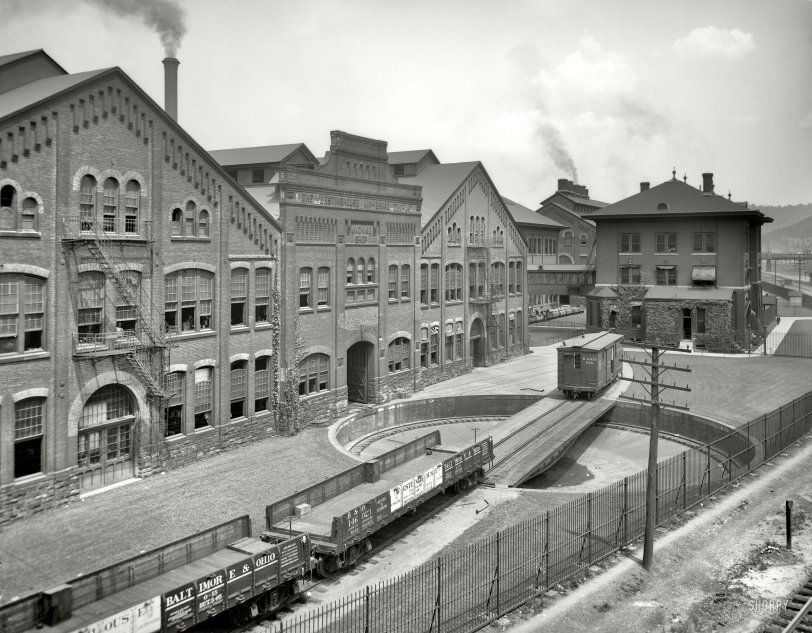
Using his patent, George Westinghouse founded “The Westinghouse air braking company” in 1869 has offered a solution for all those problems but for a cost of $50 per train wagon.
When Westinghouse tried to sell the brake system to Cornelius Vanderbilt, the king of America’s railroad industry, he said “if I understand you, young fellow, you propose to stop a railroad train with the wind. I’m too busy to listen to such nonsense”.
But after a tragic accident happened to one of Vanderbilt’s trains, he gave in and purchased Westinghouse’s air braking system. Another win for Westinghouse is when congress passed the safety appliance act in 1893 which required all trains to use the Air brakes system for all their trains.
George Westinghouse’s net worth was dramatically increased after all those wins making him one of the richest people in the united state in the 80’s.
George Westinghouse Natural Gas
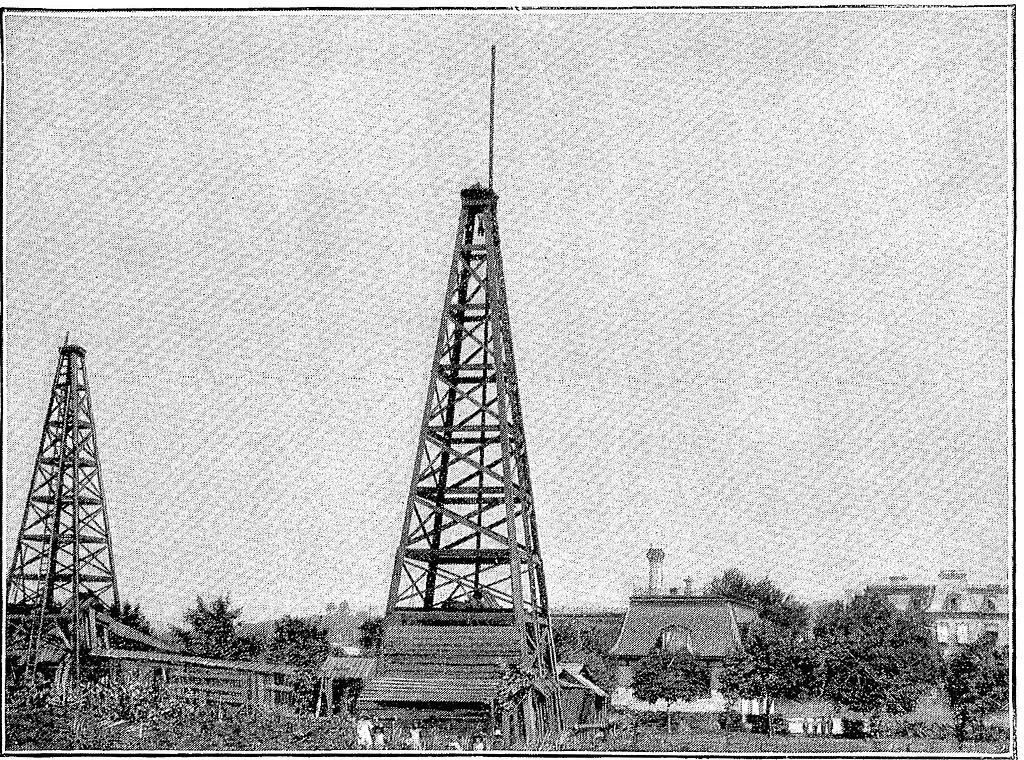
After getting married George bought a large property called solitude, today it is called Westinghouse Park, where he lives with his wife Niagara falls. George started a new adventure in natural gas even though it was dangerous at the time due to its instability and occasional violent explosions.
George didn’t care about the risk and he installed a large gas derrick in his own backyard where he started drilling. After 1,500 feet he discovers a vast amount of the flammable material.
After flaring the gas coming from underground, it created an epic blaze that raged for days towering over a hundred feet into the sky. It was spectacular. People travel miles to witness this extraordinary event.
The Philadelphia Company
After constructing three additional barracks, he launched his new natural gas company called “The Philadelphia Company” in 1884.
George used the company to create new innovations like the gas meter. Detection and prevention of gas leak systems and other inventions. Within two years he obtained 38 patents that will make gas accessible to everyone.
The natural gas business has added a lot of money to his net worth.
Electric power distribution
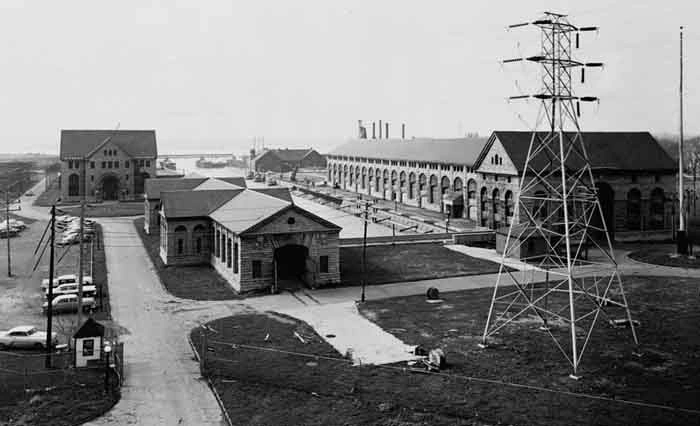
George started developing an interest in electricity in early 1880. The electricity industry was a growing business with many companies building outdoor direct current (DC) and alternating current (AC) arc lighting-based street lighting systems.
Westinghouse’s experience in natural gas helps him understand how electricity works and makes him enter the industry so easily. His embossing and work in the electric industry laid the technological foundation for today’s electric grid.
At this time Thomas Alva Edison was a famous inventor who also started working in the electricity field. Edison was using his direct current (DC) system to distribute power.
The problem with Edison’s technology is that he needs to build a power station on nearly every corner of the city which wasn’t practical because it will be limited only to the big city and completely ignore the other part of America and it will cost a lot of money to build all those stations.
Westinghouse was fascinated by new European alternating current systems in 1885 because of his ability to be “stepped up” in voltage by a transformer for distribution and then “stepped down” by a transformer for consumer use, allowing large centralized power plants to supply electricity long distance in cities with more dispersed populations.
These advantages made Westinghouse take his decision and start developing his own alternating current system so he can compete with Edison’s direct current.
The War of the Currents
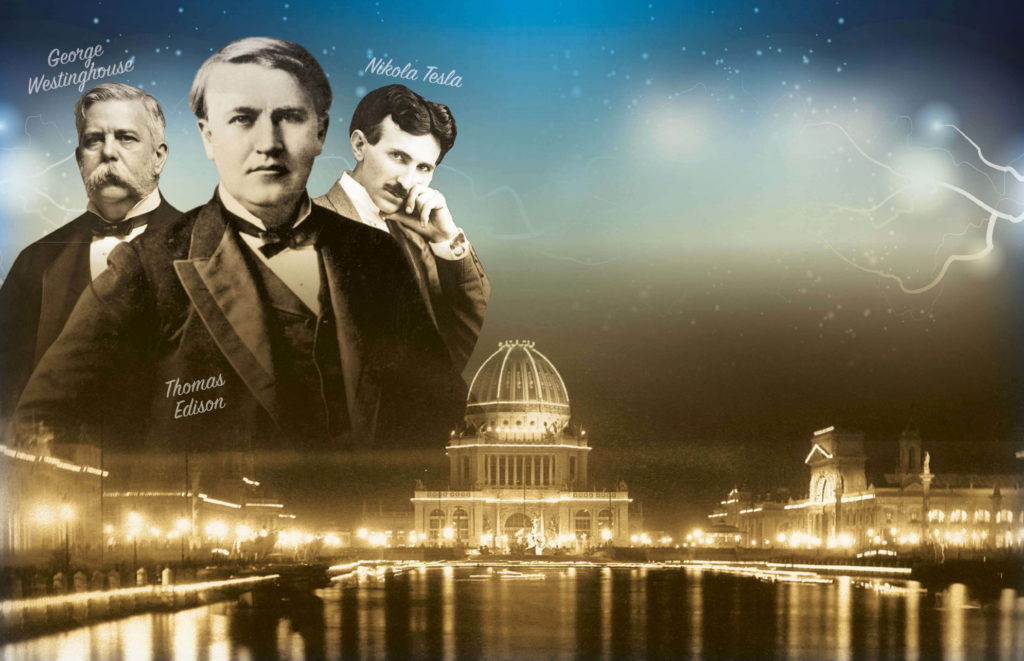
After acquiring the US patent of the electric transformer that will make electricity transfer safe and controlled to run through buildings and homes, Westinghouse founded his company “The Westinghouse electric company” in 1866.
Then The war of the currents with Thomas Edison started, it was the biggest corporate battle in the history of America. The one who wins this war will power the United States of America and the world.
Westinghouse was struggling with a critical component of his system, the motor which is responsible for generating the electricity. But this problem was solved when he met Nikola Tesla who was a poor Serbian immigrant that was working for Edison.
In 1888 after two years after the foundation of Westinghouse’s electric company, Tesla received a patent for the AC induction motor, the piece that Westinghouse needed for his AC system.
Westinghouse visited Tesla labs and purchased his patent for $60,000 through a combination of cash stock and royalties and he offered Tesla a job to work for him. Edison didn’t like that so he started a smear campaign to scare people into not using the Westinghouse’s AC system.
Edison started electrocuting live animals in front of the public and creating the eclectic chair which was used for prisoners that had a death sentence to prove how the AC system is dangerous and deadly.
In 1893, George Westinghouse submitted a bid of $399,000 and won the bid to light the 1893 World’s Columbian Exposition in Chicago with alternating current, slightly underbidding General Electric which submitted $1.8 million to get the contract.
Westinghouse started manufacturing their own light bulb called “Westinghouse Stopper Lamp” after the lawsuit that Edison filed about the similarity to his light bulb patent.
On May 1s, 1893, President Grover Cleveland pressed the ON button in front of hundreds of thousands of people who watched in awe as the world’s most spectacular light show came to life.
After this event, Westinghouse has won the current war against Edison and got a contract to build the Niagara falls power plant, the world’s first major hydroelectric power station three.
George Westinghouse’s Other Patent
- Air suspension system for vehicles
- Steam turbines
- Reduction gears for ships
- Fluid-meter
- Elevator
- fluid-pressure automatic brake
And many more.
The Fall and death of George Westinghouse
The Bank Panic of 1907 was a short-lived banking and financial crisis in the U.S. that occurred at the beginning of the twentieth century. Westinghouse’s empire starts to fall because he found himself over-leveraged and short on cash.
JP morgan finally find his opportunity to acquire “The Westinghouse electric company” and then Westinghouse didn’t have the money to pay his debts his company was forced into receivership by JP morgan and he got fired from his own company, but he stayed wealthy and worth over $1.2 billion in today’s dollar.
On March 12, 1914, while working on one of his projects George Westinghouse died.
Personal Life
George Westinghouse Wife
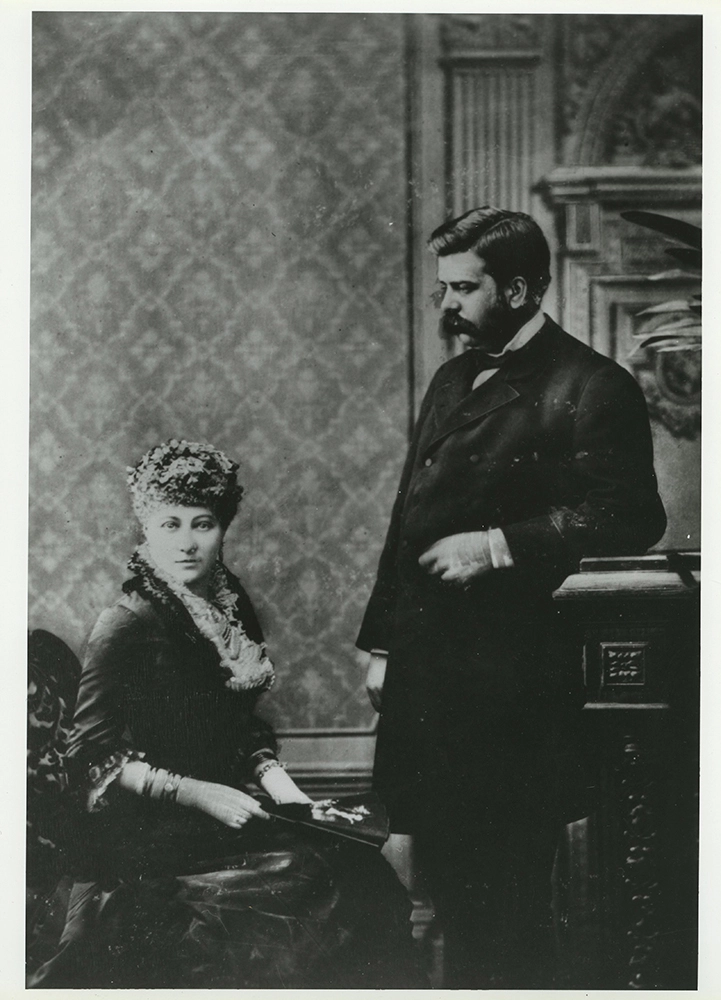
In 1867, Westinghouse met and soon married Marguerite Erskine Walker and lived on their large property called solitude.
George Westinghouse family
Westinghouse and Marguerite Erskine had one son, George Westinghouse III, who had six children.
Frequently Asked Questions About George Westinghouse
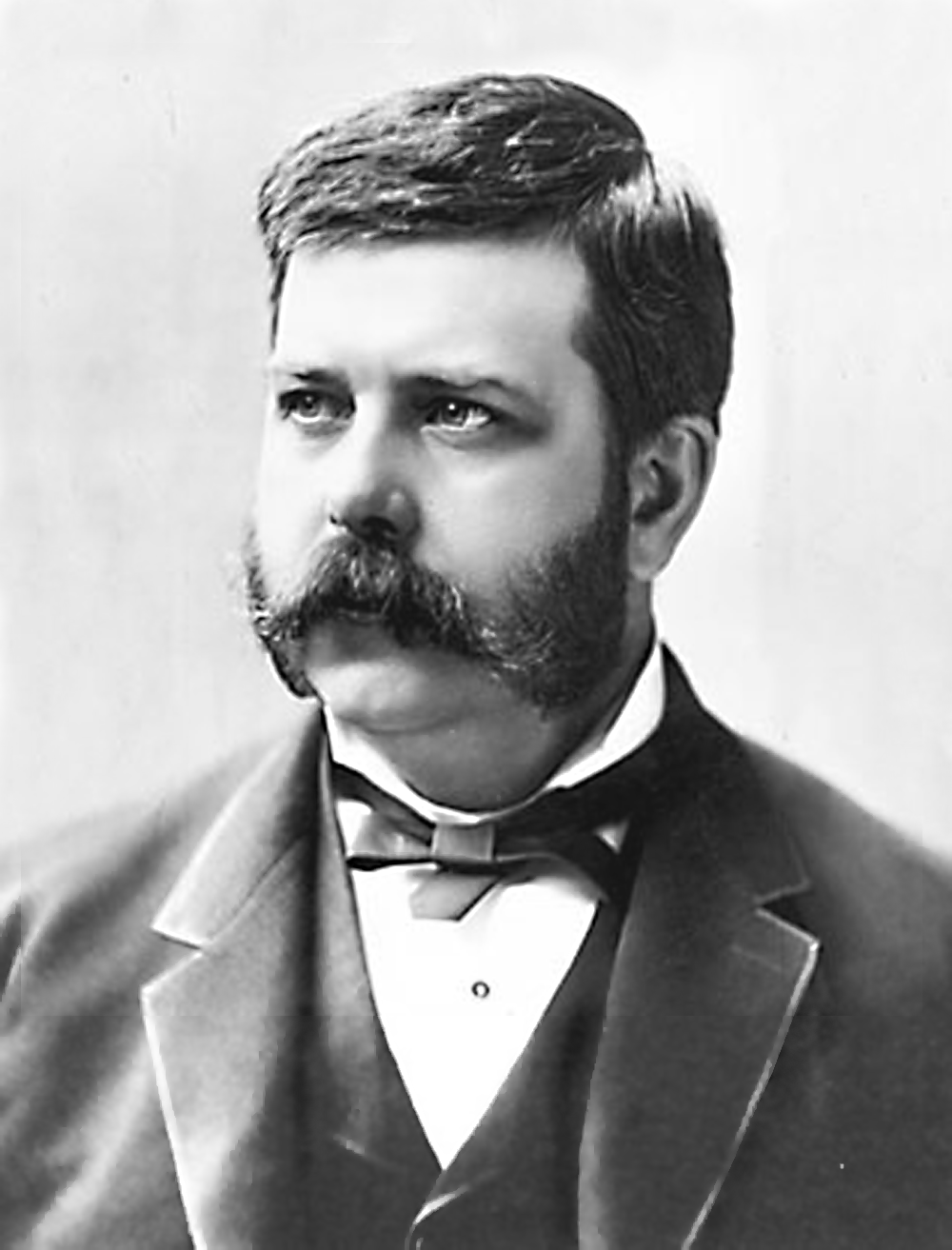
How much did Westinghouse pay Tesla?
Westinghouse purchased Nikola Tesla’s patent for $60,000 through a combination of cash stock and royalties.
When Did George Westinghouse Invent the Air Brake?
In April of 1869, Westinghouse got his patent for his Air brake invention, which was a game-changer in the railway industry.
How Much Do Westinghouse Air Brakes Cost?
After getting his patent and creating his company “The Westinghouse air brake company” Westinghouse was selling his Air brakes for $50 per train wagon.
Summary
George Westinghouse was an American industrial entrepreneur, engineer, and industrial titan who changed society by standardizing the two days break (Saturday, Sunday) and improving the railway industry.
He invented many inventions that are widely used today on a daily basis like the AC system for homes and Factories. Westinghouse had won the current war with Thomas Edison that started in 1866 and got a contract to build the Niagara falls power plant, the world’s first major hydroelectric power station three.
Westinghouse got married in 1867 to Marguerite Erskine and had one son with her named George Westinghouse III. On March 12, 1914, while working on one of his projects, George Westinghouse died, leaving behind a net worth that was estimated to be $1.2 billion.
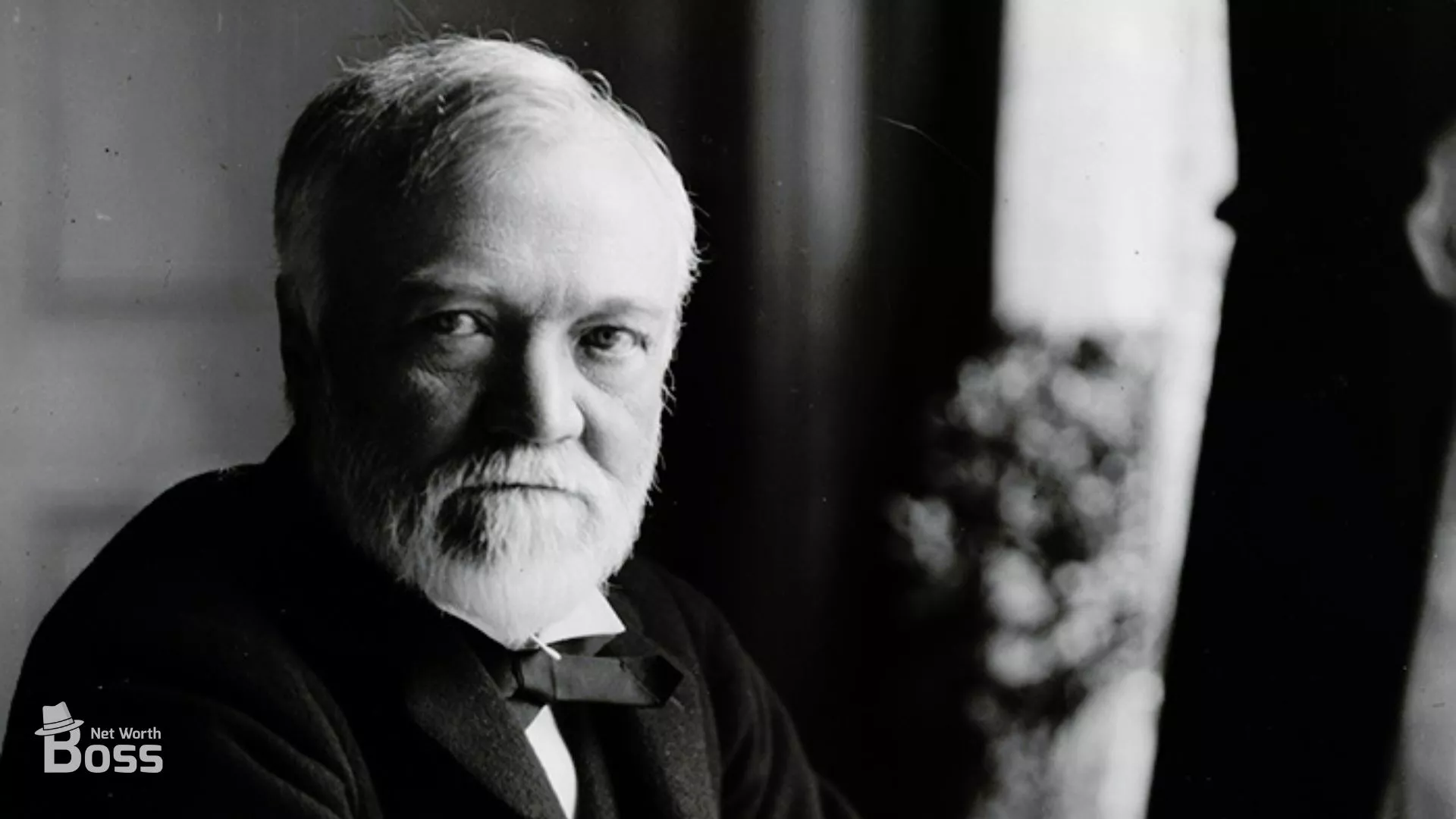
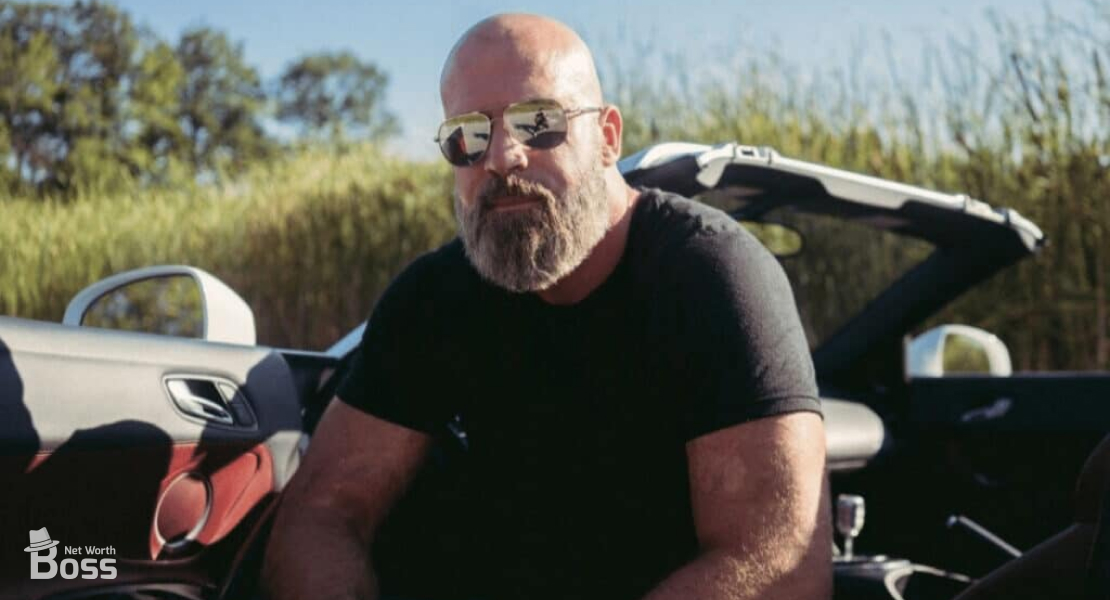


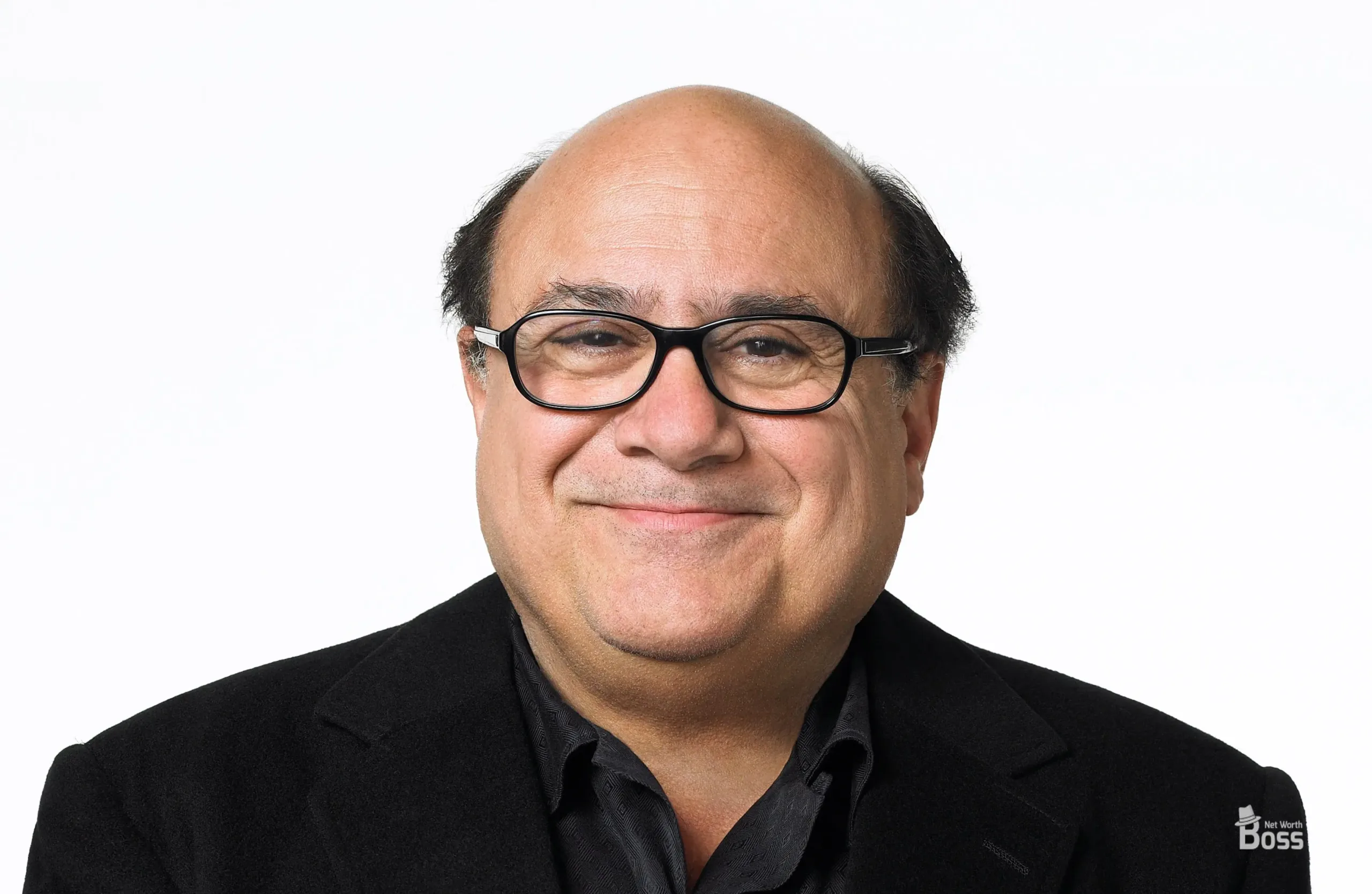




 Faze Rug Net Worth
Faze Rug Net Worth
